Class 9 Exam > Class 9 Notes > NCERT Book : The French Revolution
NCERT Book : The French Revolution - Class 9 PDF Download
I n d i a a n d t h e C o n t e m p o r a r y W o r l d
22
Activity
66666The Revolution and Everyday LifeThe Revolution and Everyday LifeThe Revolution and Everyday LifeThe Revolution and Everyday LifeThe Revolution and Everyday Life
Can politics change the clothes people wear, the language they speak or the books they read? The years following 1789 in France saw many such changes in the lives of men, women and children. Therevolutionary governments took it upon themselves to pass laws that would translate the ideals of liberty and equality into everyday practice.One important law that came into effect soon after the storming of the Bastille in the summer of 1789 was the abolition of censorship. Inthe Old Regime all written material and cultural activities – books,newspapers, plays – could be published or performed only after they had been approved by the censors of the king. Now the Declarationof the Rights of Man and Citizen proclaimed freedom of speech andexpression to be a natural right. Newspapers, pamphlets, books andprinted pictures flooded the towns of France from where they travelled rapidly into the countryside. They all described and discussedthe events and changes taking place in France. Freedom of the pressalso meant that opposing views of events could be expressed. Eachside sought to convince the others of its position through the mediumof print. Plays, songs and festive processions attracted large numbersof people. This was one way they could grasp and identify with ideassuch as liberty or justice that political philosophers wrote about atlength in texts which only a handful of educated people could read.
Describe the picture in your own words. Whatare the images that the artist has used tocommunicate the following ideas: greed,equality, justice, takeover by the state of theassets of the church?
Fig.15 – The patriotic fat-reducing press.
This anonymous print of 1790 seeks to make the idea of justice tangible.

T h e F r e n c h R e v o l u t i o n
23
Fig.16 - Marat addressing the people. This is a painting by Louis-Leopold Boilly.
Recall what you have learnt about Marat in this chapter. Describe the scene around him. Account for his great popularity.What kinds of reactions would a painting like this produce among viewers in the Salon?
Conclusion
In 1804, Napoleon Bonaparte crowned himself Emperor of France.He set out to conquer neighbouring European countries, dispossessing dynasties and creating kingdoms where he placed members of his family.Napoleon saw his role as a moderniser of Europe. He introduced many laws such as the protection of private property and a uniform system of weights and measures provided by the decimal system. Initially, many saw Napoleon as a liberator who would bring freedom for the people.But soon the Napoleonic armies came to be viewed everywhere as aninvading force. He was finally defeated at Waterloo in 1815. Many of hismeasures that carried the revolutionary ideas of liberty and modern lawsto other parts of Europe had an impact on people long after Napoleonhad left. The ideas of liberty and democratic rights were the most importantlegacy of the French Revolution. These spread from France to therest of Europe during the nineteenth century, where feudal systems
Fig.17 – Napoleon crossing the Alps, painting by David.
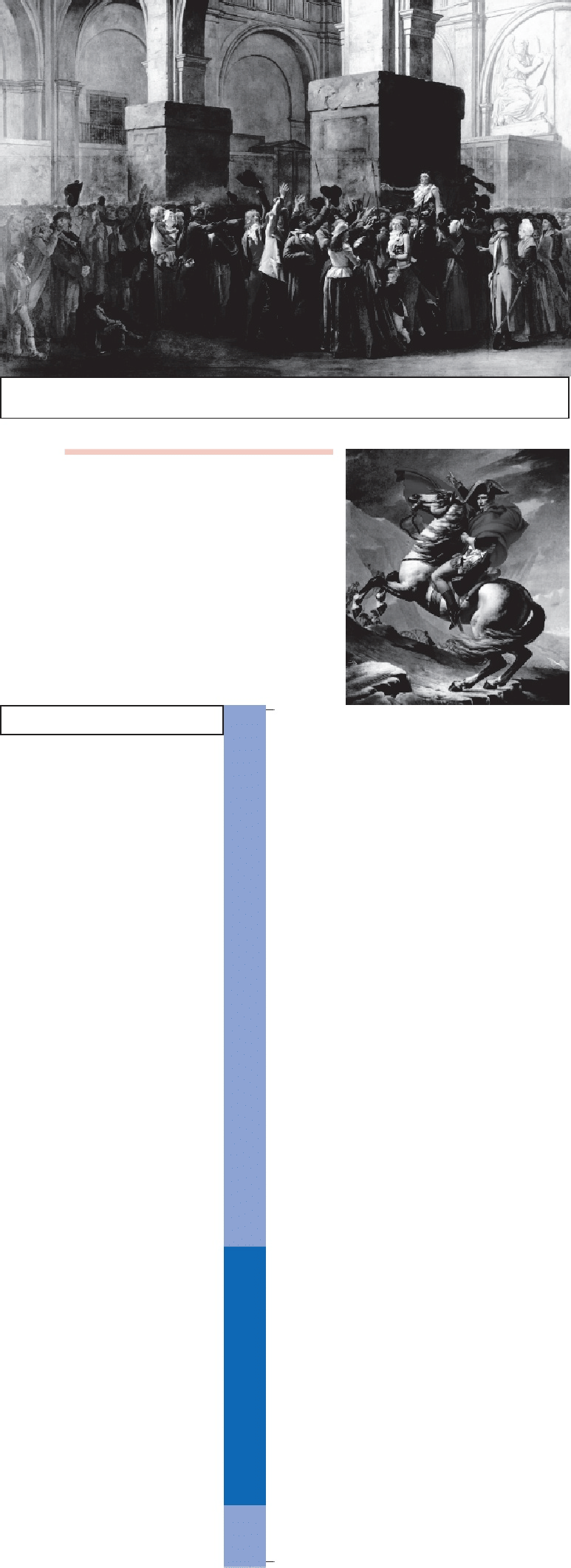

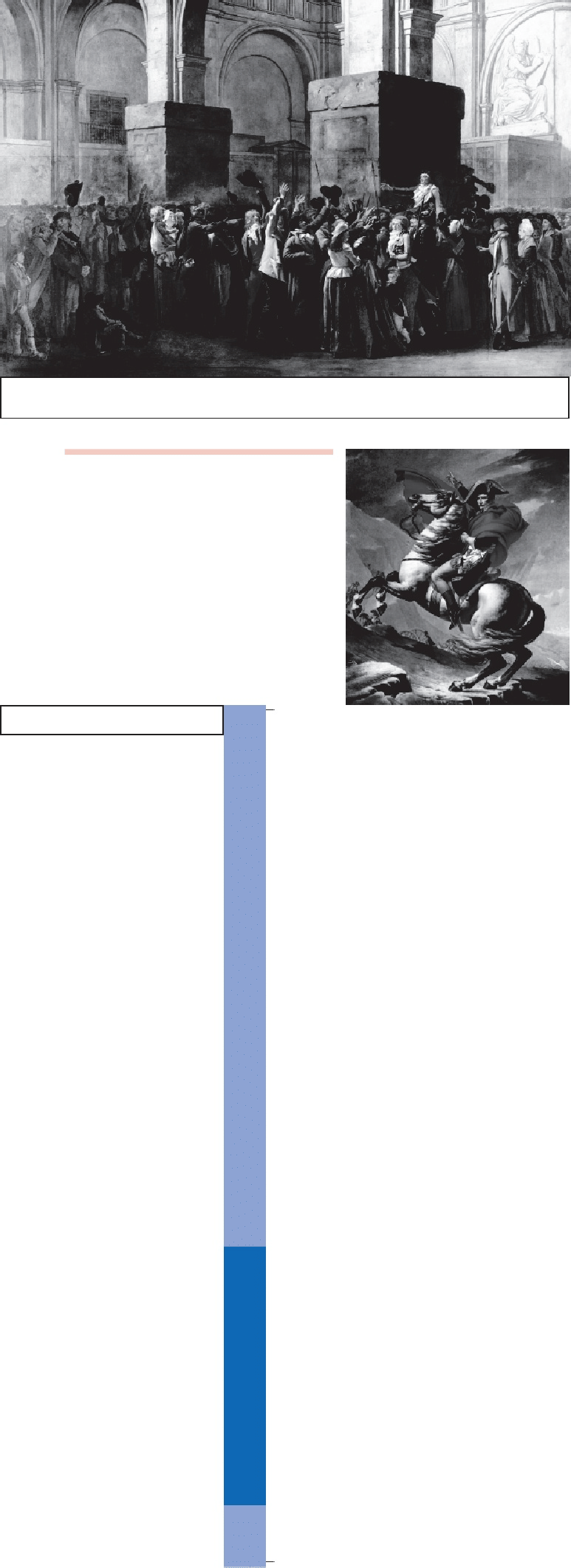
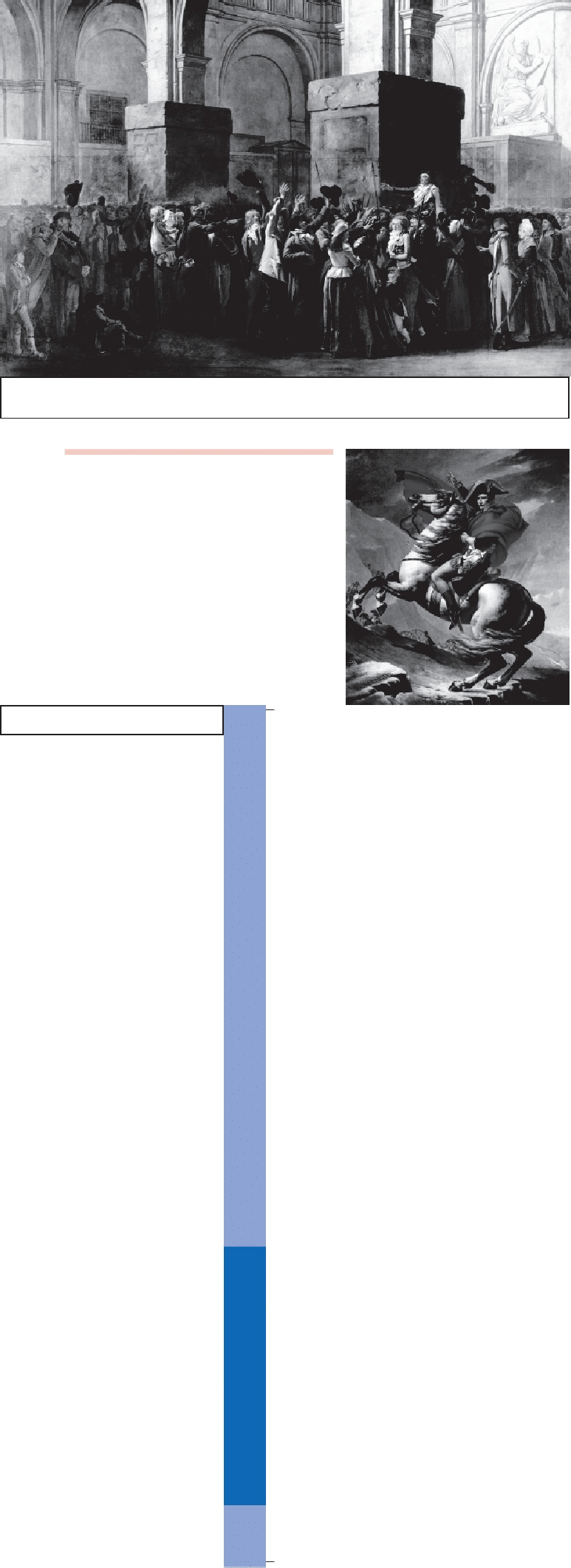
I n d i a a n d t h e C o n t e m p o r a r y W o r l d
24
Box 2
ActivitiesQuestions
?
1.Find out more about any one of the revolutionary figures you have readabout in this chapter. Write a short biography of this person.2.The French Revolution saw the rise of newspapers describing the events ofeach day and week. Collect information and pictures on any one event andwrite a newspaper article. You could also conduct an imaginary interviewwith important personages such as Mirabeau, Olympe de Gouges orRobespierre. Work in groups of two or three. Each group could then put uptheir articles on a board to produce a wallpaper on the French Revolution.1.Describe the circumstances leading to the outbreak of revolutionary protestin France.2.Which groups of French society benefited from the revolution? Whichgroups were forced to relinquish power? Which sections of society wouldhave been disappointed with the outcome of the revolution?3.Describe the legacy of the French Revolution for the peoples of the worldduring the nineteenth and twentieth centuries.4.Draw up a list of democratic rights we enjoy today whose origins could betraced to the French Revolution.5.Would you agree with the view that the message of universal rights wasbeset with contradictions? Explain.6.How would you explain the rise of Napoleon?
were abolished. Colonised peoples reworked the idea of freedom frombondage into their movements to create a sovereign nation state. TipuSultan and Rammohan Roy are two examples of individuals whoresponded to the ideas coming from revolutionary France.
A c t i v i t i e s
Raja Rammohan Roy was one of those whowas inspired by new ideas that were spreadingthrough Europe at that time. The FrenchRevolution and later, the July Revolution excitedhis imagination.‘He could think and talk of nothing else when heheard of the July Revolution in France in 1830.On his way to England at Cape Town he insistedon visiting frigates (warships) flying therevolutionary tri-colour flag though he had beentemporarily lamed by an accident.’
Susobhan Sarkar,
Notes on the Bengal Renaissance
1946.
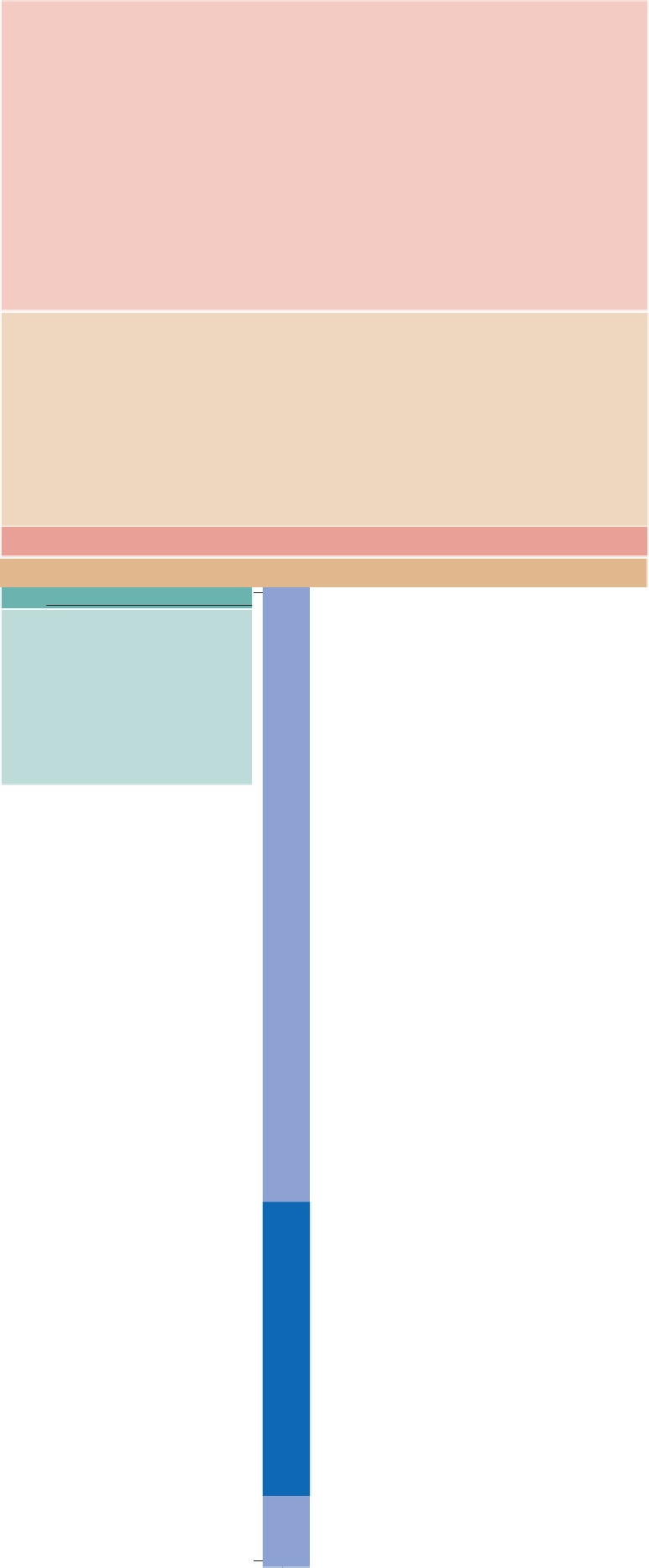
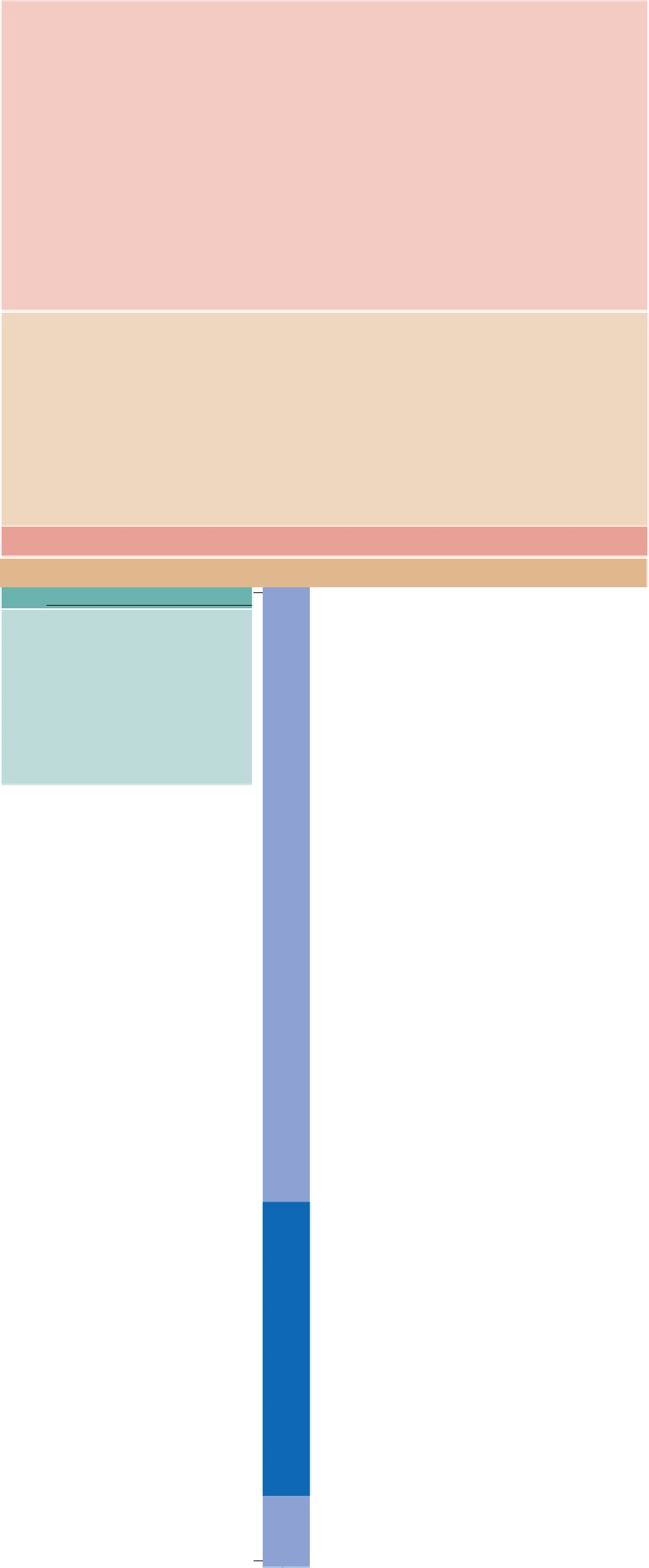
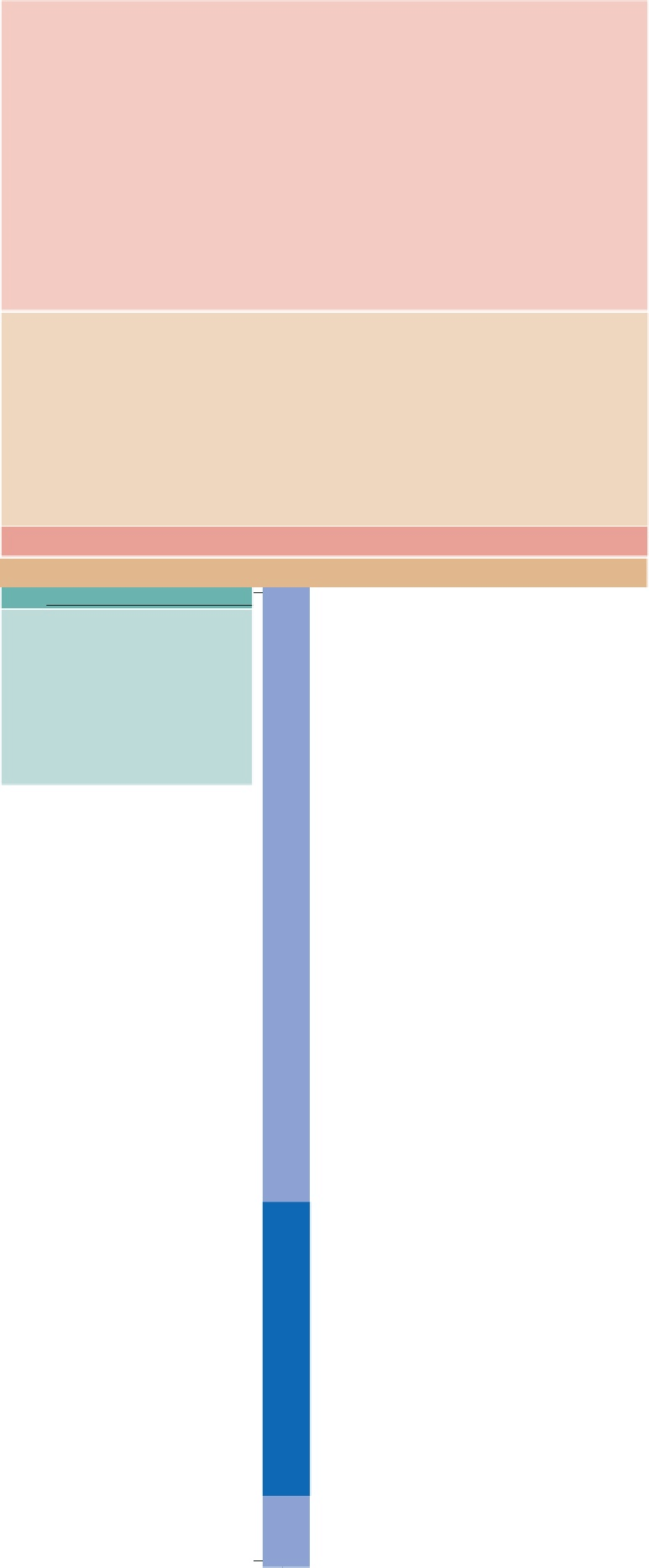

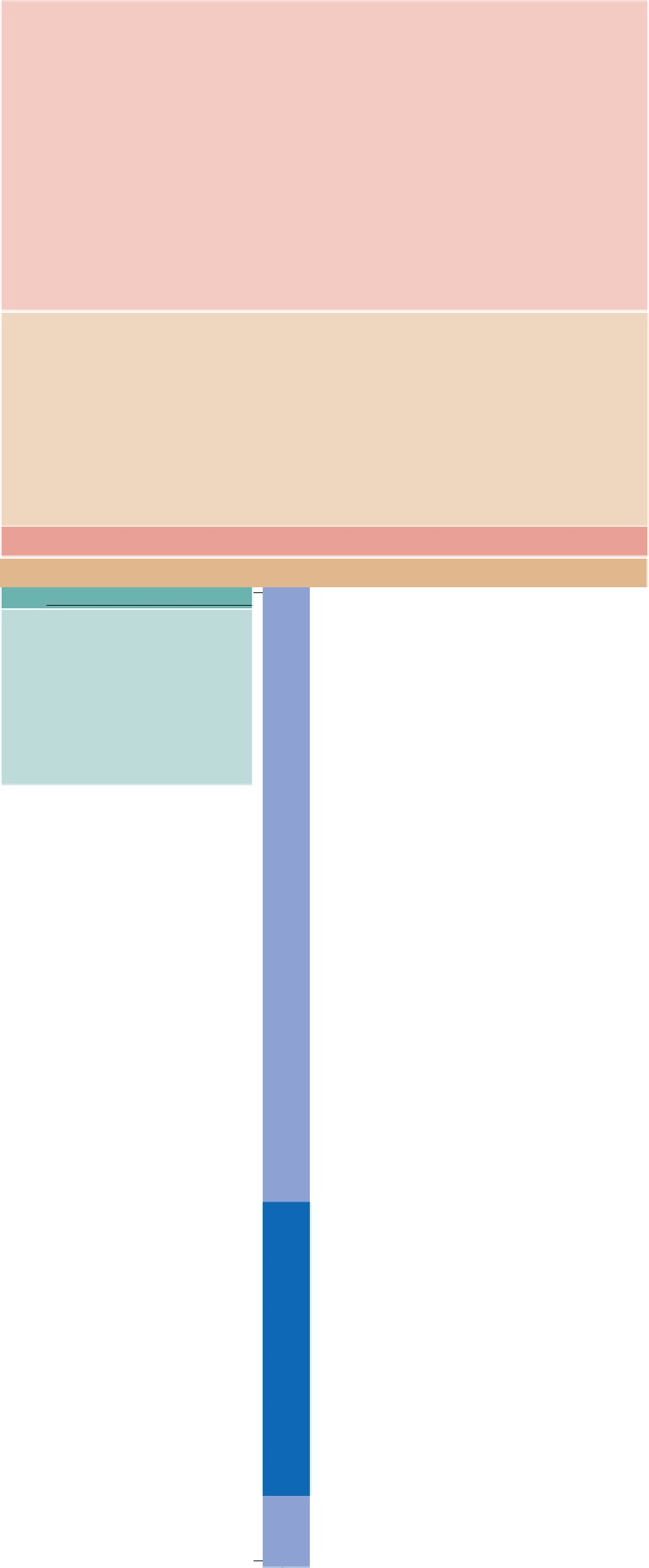
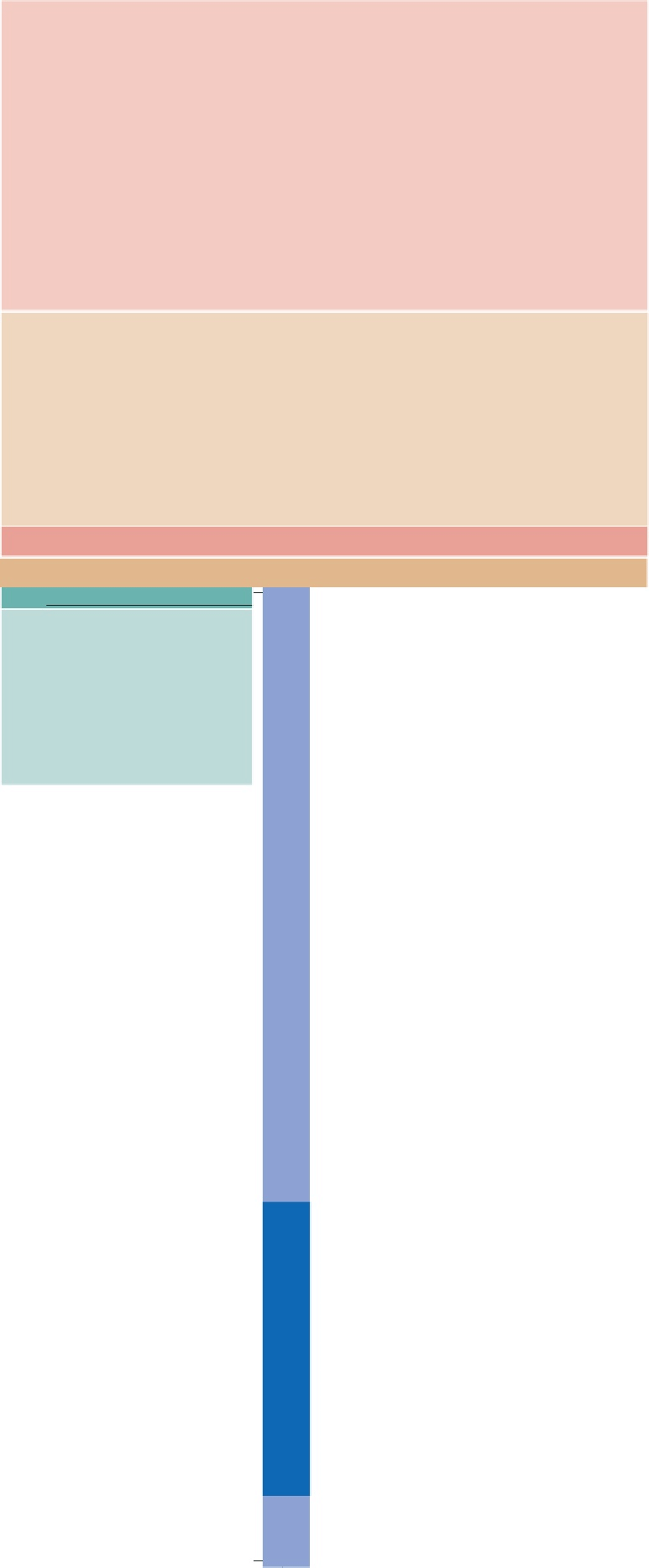
FAQs on NCERT Book : The French Revolution - Class 9
| 1. What were the causes of the French Revolution? |  |
Ans. The French Revolution was caused by a combination of political, social, and economic factors. Some of the main causes included the absolute monarchy, the financial crisis, the influence of Enlightenment ideas, and the inequality and unfairness of the social system.
| 2. Who were the key figures of the French Revolution? |  |
Ans. The French Revolution saw the rise of several key figures who played significant roles in shaping its course. Some of the prominent figures included King Louis XVI, Maximilien Robespierre, Georges Danton, and Jean-Paul Marat.
| 3. What were the main events of the French Revolution? |  |
Ans. The French Revolution witnessed several major events that had a profound impact on the course of history. Some of the key events included the Storming of the Bastille, the Declaration of the Rights of Man and of the Citizen, the Reign of Terror, and the establishment of the First French Republic.
| 4. What were the consequences of the French Revolution? |  |
Ans. The French Revolution had far-reaching consequences in France and beyond. It led to the end of the monarchy, the rise of Napoleon Bonaparte, the spread of revolutionary ideas across Europe, and the eventual establishment of democratic principles and institutions.
| 5. How did the French Revolution impact society and the world? |  |
Ans. The French Revolution brought about significant social and political changes. It challenged the traditional social hierarchy and introduced ideas of liberty, equality, and fraternity. The revolution also influenced other countries to fight for their own independence and brought an end to feudalism in Europe.
Related Searches















